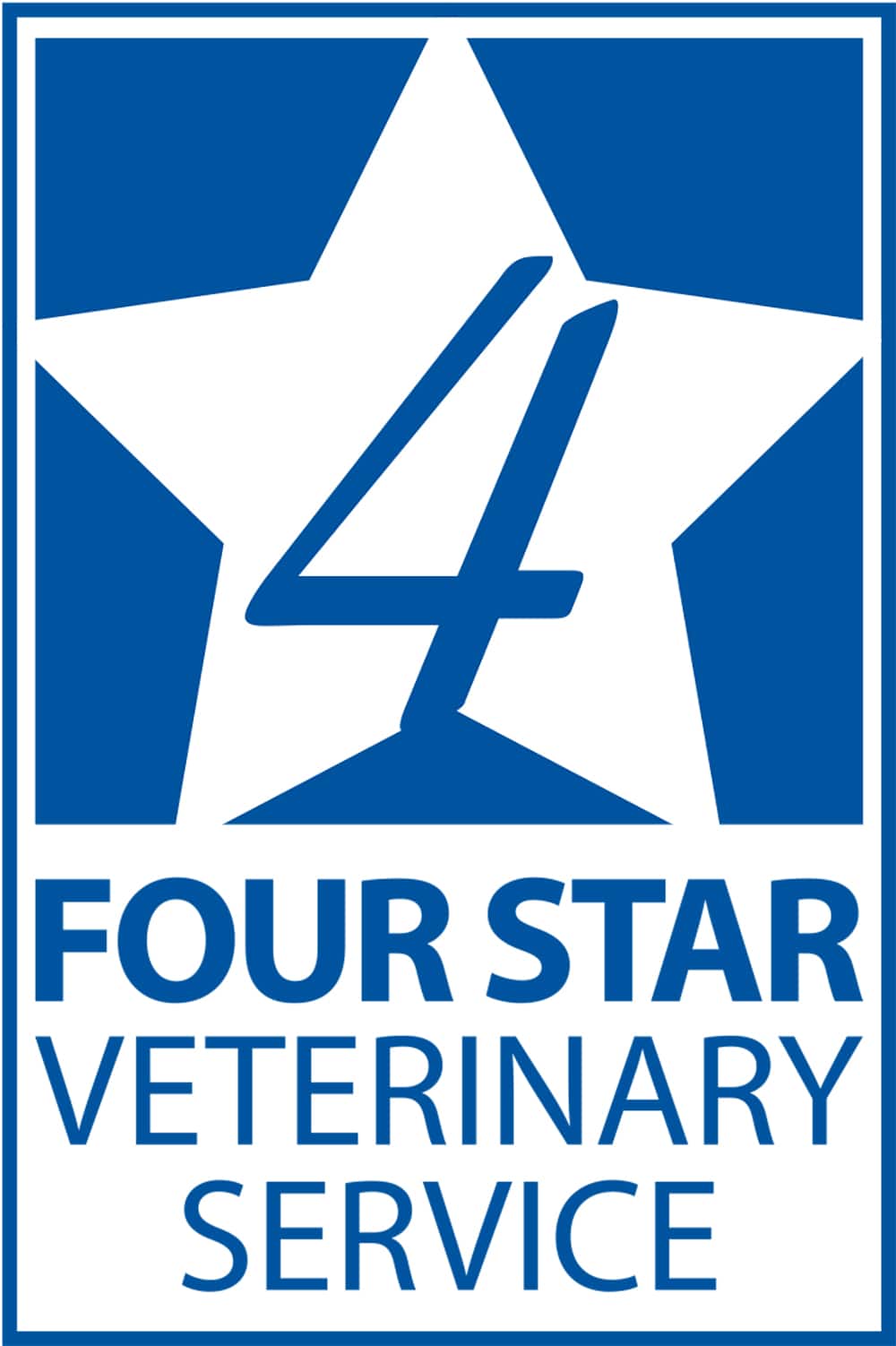A resurgence of the F18 strain of Escherichia coli (E. coli) in weaned pigs on a growing number of hog farms is causing a rise in mortality and a reduction in performance.
Resurgent Mycoplasma hyorhinis causes debilitating arthritis in late finishing
Infectious arthritis caused by Mycoplasma hyorhinis is gaining ground in hog units where it infects neonatal pigs and develops into severe lameness in market hogs.
Batch farrowing benefits Indiana hog operation
Batch farrowing made sense for Nate and Doug Hoeing’s sow operation. The brothers run a 1,200-sow operation on a family farm in Rush County, Indiana.
